D-Day: 80 Years On. What happened behind the scenes.
- Published
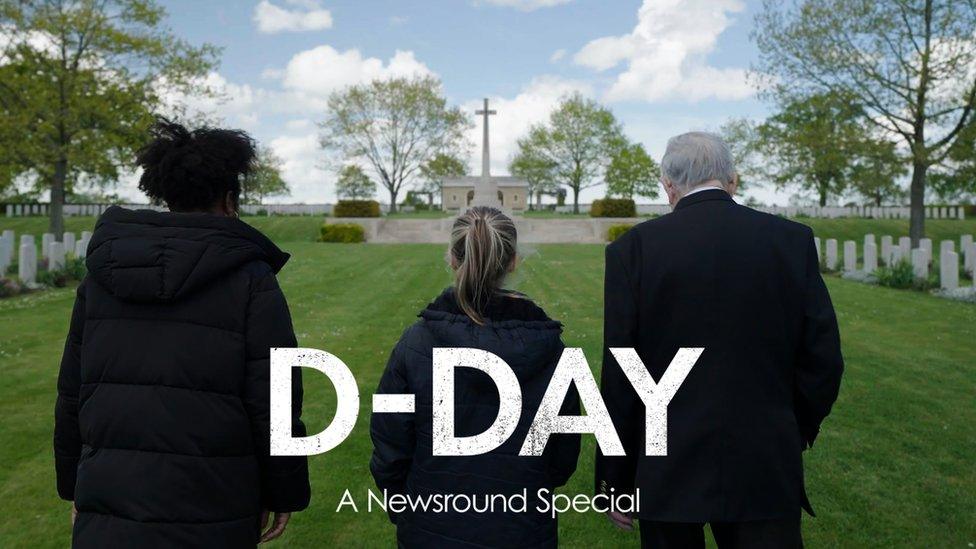
D-Day: A Newsround Special is available on iPlayer now
Eighty years is a VERY long time.
It's hard to imagine how many things you'd see and hear and live through in 80 years.
But that's how long it's been since the events of D-Day in World War Two, so as we travelled from Newsround HQ to hear the stories of those veterans who experienced it, I really wasn't sure how many details they would remember.
But they remembered those days in June 1944 like they were yesterday. They all closed their eyes and it was like they were transported back to where they were all that time ago.
To make this special programme for Newsround, we travelled between Aberystwyth, New Malden, Oxfordshire, Bristol, Enfield and all across Normandy in France. Lots of travelling!
Which feels right when you're telling the story of an event that involved hundreds of thousands of soldiers travelling from countries around the world for this one huge event during the war.
In the programme, we meet Lyra and William, two children who have relatives that were involved in D-Day.
We travel with them to find out what their family members might have seen and lived through all those years ago.
Our veterans
Mervyn Kersh, 99 years old:
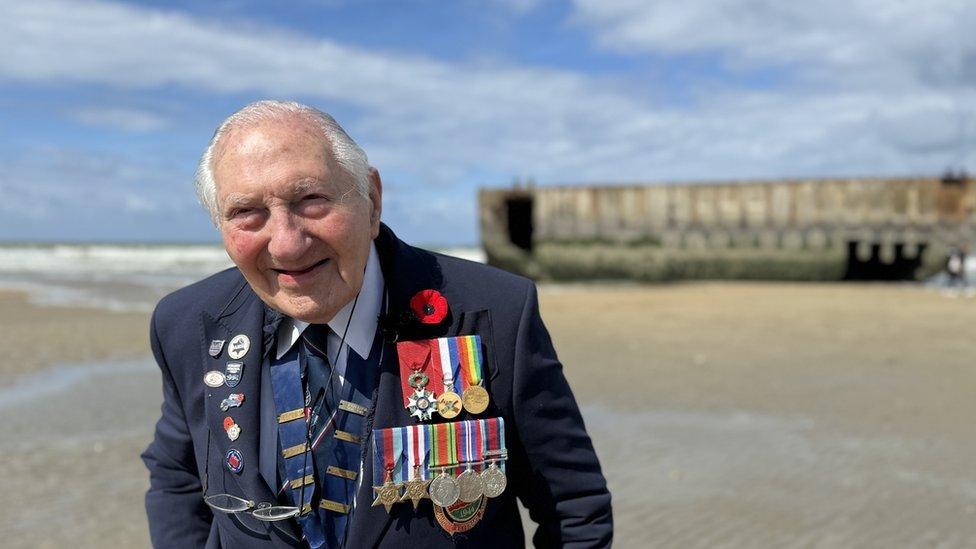
Mervyn back on Gold Beach, where he landed in 1944
Mervyn was called up to join the army when he was 19.
He was part of the 17 Transit Vehicle Park in charge of all sorts of vehicles, from tanks and 48-wheel tank-transporters to folding bicycles, and had to make sure the troops never ran out of the vehicles they needed.
He landed in Normandy and then travelled around France in tanks and armoured vehicles, also travelling through Belgium, near to Antwerp, then into Holland.
Arthur Oborne, 100 years old:
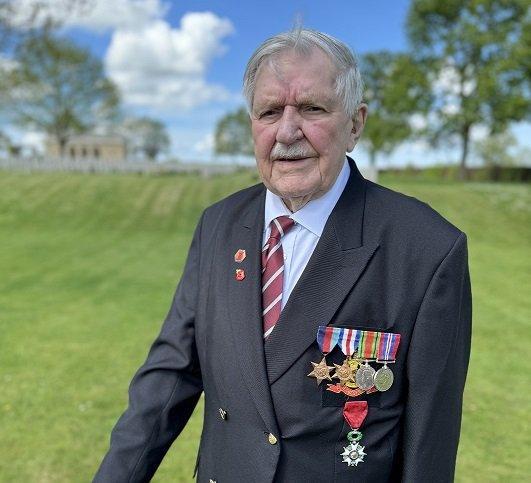
Arthur Oborne at a military cemetery
Arthur volunteered to join the army when he was 18.
He trained for the D-Day landings and arrived in France a few days later.
His division was given the mission of heading to a town a few hours away, but on the way there they were attacked and Arthur was injured.
When he woke up, he was back in hospital in England.
Marie Scott, 97 years old
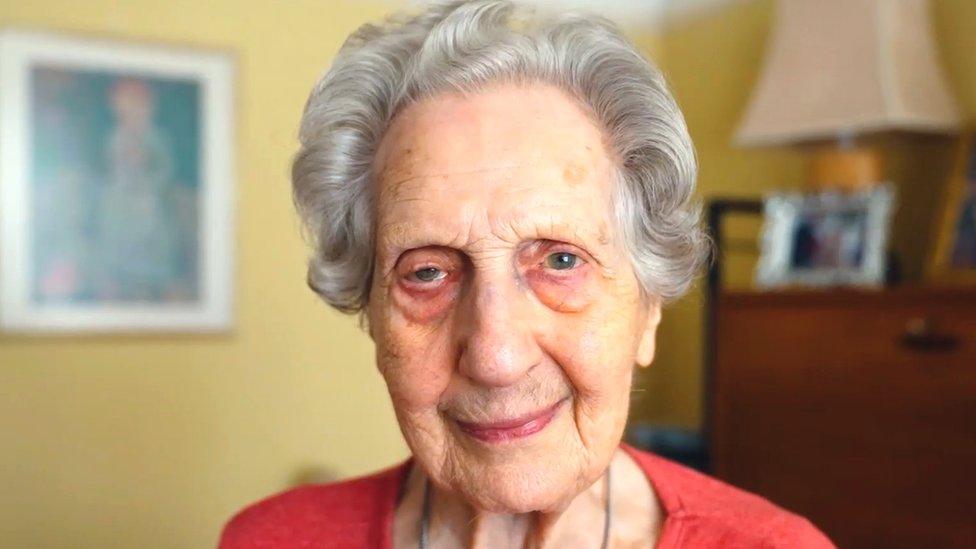
Marie Scott, now aged 97
Marie was 17 on D-Day and had the job of passing messages to troops landing on the beaches.
She worked in a top secret underground fort in Portsmouth where coded orders would come from the military commanders which needed to be passed to the soldiers landing on the beaches in France.
When the troops were talking on their radios, Marie could hear everything that was happening in Normandy.
Visiting Normandy
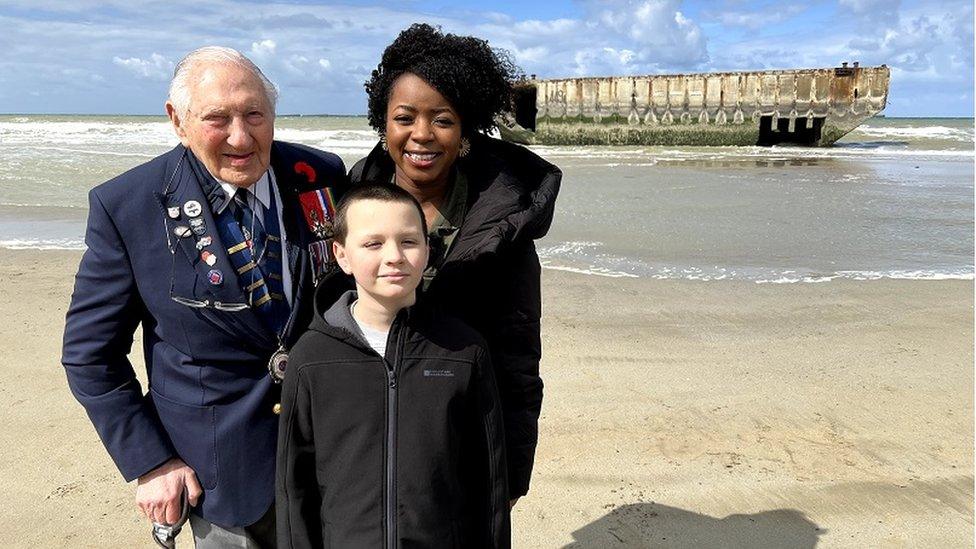
I joined Mervyn and William on the beaches of Normandy
We took Mervyn and Arthur to some of the key areas that were part of their D-Day experience.
Back in 1944, Mervyn made a long, stormy journey across the English Channel on a boat before landing on 'Gold Beach' - a section of beach in Normandy - along with thousands of other soldiers, before facing the enemy.
The beach looks different to how it did back when Mervyn landed, but not everything has changed.
The biggest clue is a huge concrete block, about the size of two double decker buses.
Going to Normandy is always emotional. I remember the fear and anxiety after the French coast came in sight in the early June morning.
That was part of a specially-built harbour that soldiers like Mervyn and Arthur used to get supplies.
It's still there sitting on the beach all these years on. If the tide is low enough you can even go and touch it.
Bringing us all to the beach was emotional for Mervyn. For me and William, it was a chance to find out more about what it would've been like for him to arrive at just 19 years old and know he was about to go into battle.
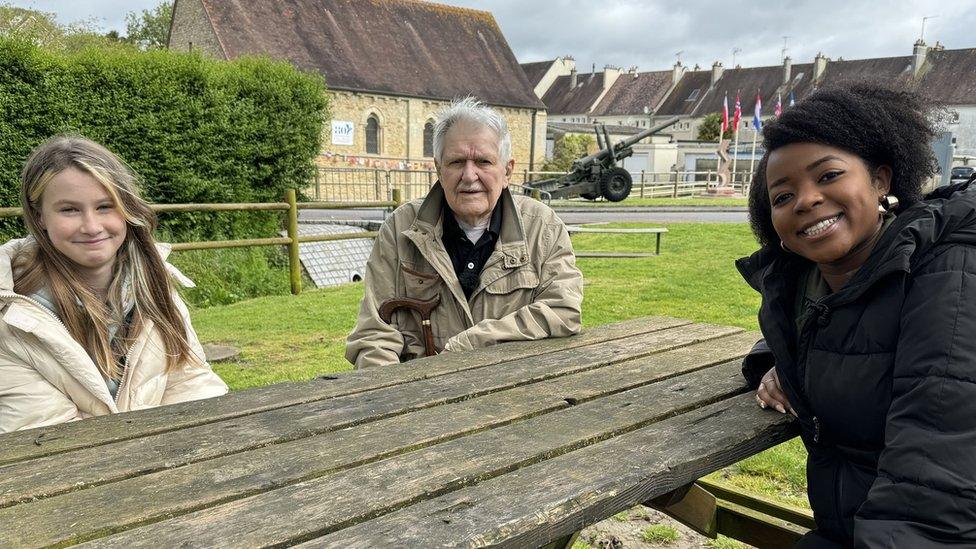
Lyra and Arthur visited the town of Tilly-sur-Seulles in Normandy, France
Arthur's D-Day experience was very different.
He was badly injured not long after getting to France - he was shot and was rescued by a friend.
We took Arthur to a small town called Tilly-sur-Seulles as that is where his unit were heading when he was injured.
He never actually managed to reach the town in 1944.
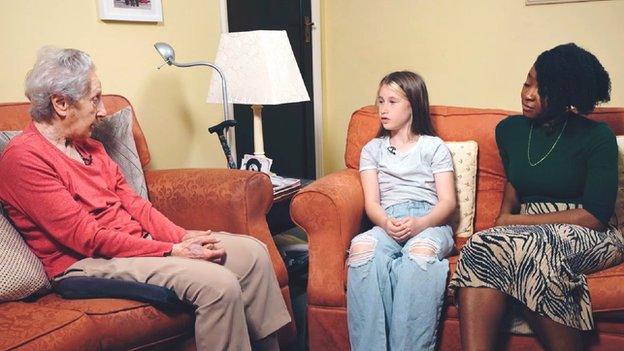
Lyra interviewed Marie about her role during D-Day
For Marie, her choice to get involved in the war effort was also an easy one. She wanted to play her part.
Marie sometimes plays down how important her job was, but passing on key messages to troops on the ground probably saved a lot of lives.
I was just one cog in a very big machine
What we can learn from veterans like Mervyn, Marie and Arthur?
Veterans remember D-Day
The main thing we can all learn from these three is why they felt it was so important for them all to take part.
All of the veterans in our Newsround Special explained they wanted to stand up for what they thought was right and to fight against what they saw as evil.
More than 22,442 British servicemen and women died on D-Day and in the weeks that followed.
Mervyn explained that he felt a "moral duty" to volunteer and that the Nazis were brutal and racist.
Marie also told us that it's important young people learn about what happened, saying she worries "the world hasn't learned enough from the past but at least if children know the past they can learn from it and take action to do the right thing".
